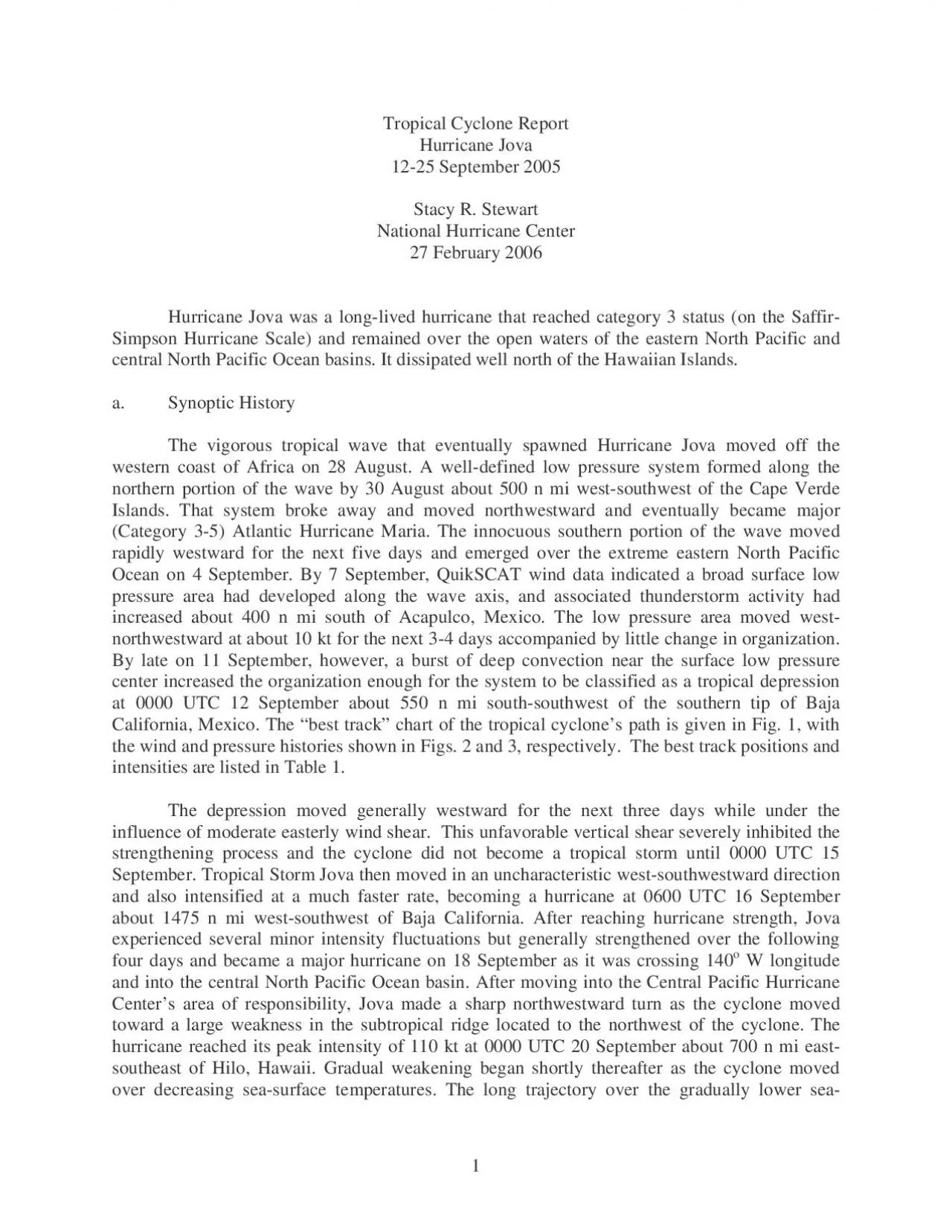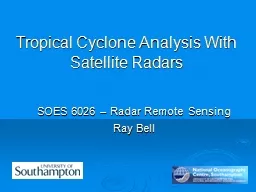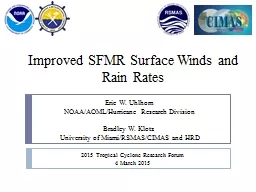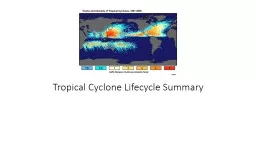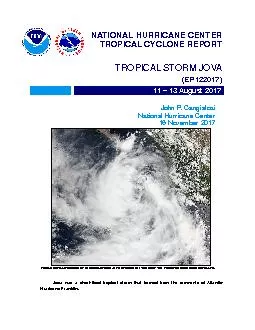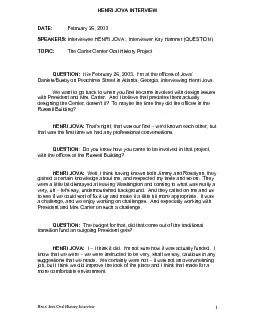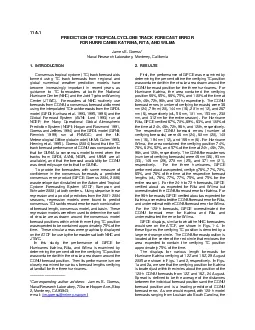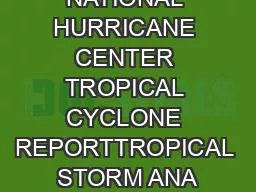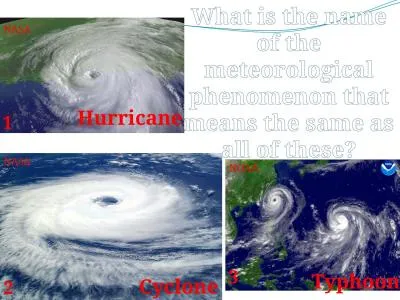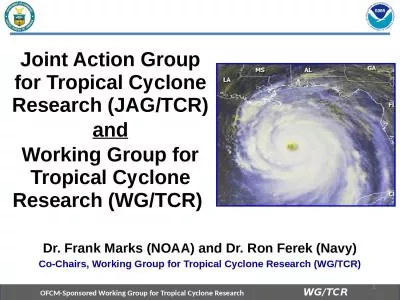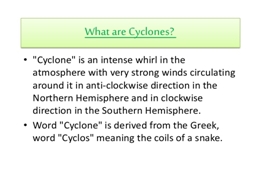PDF-1 Tropical Cyclone Report Hurricane Jova 1225 September 2005 Stacy R
Author : elizabeth | Published Date : 2021-05-15
2 surface temperatures steadily took its toll on Jova and the cyclone rapidly weakened to a tropical storm late on 22 September about 350 n mi eastnortheast of Hilo
Presentation Embed Code
Download Presentation
Download Presentation The PPT/PDF document "1 Tropical Cyclone Report Hurricane Jova..." is the property of its rightful owner. Permission is granted to download and print the materials on this website for personal, non-commercial use only, and to display it on your personal computer provided you do not modify the materials and that you retain all copyright notices contained in the materials. By downloading content from our website, you accept the terms of this agreement.
1 Tropical Cyclone Report Hurricane Jova 1225 September 2005 Stacy R: Transcript
Download Rules Of Document
"1 Tropical Cyclone Report Hurricane Jova 1225 September 2005 Stacy R"The content belongs to its owner. You may download and print it for personal use, without modification, and keep all copyright notices. By downloading, you agree to these terms.
Related Documents

